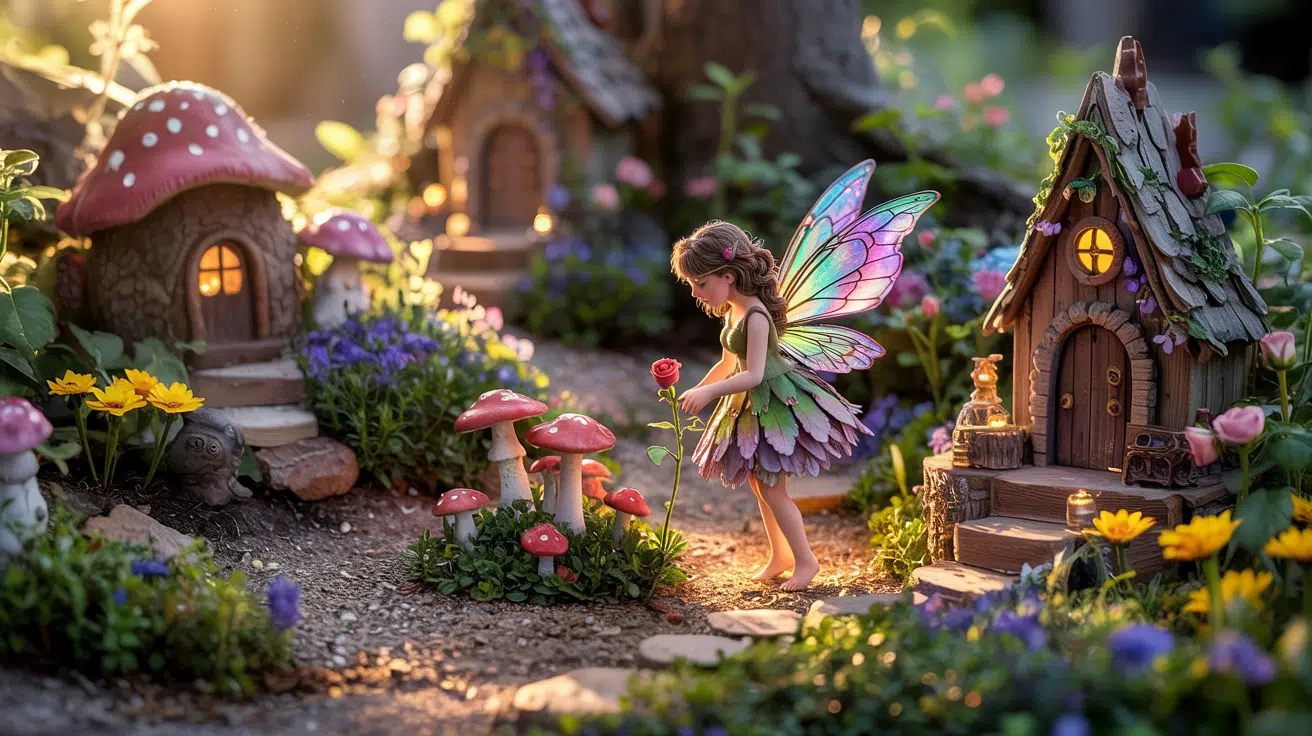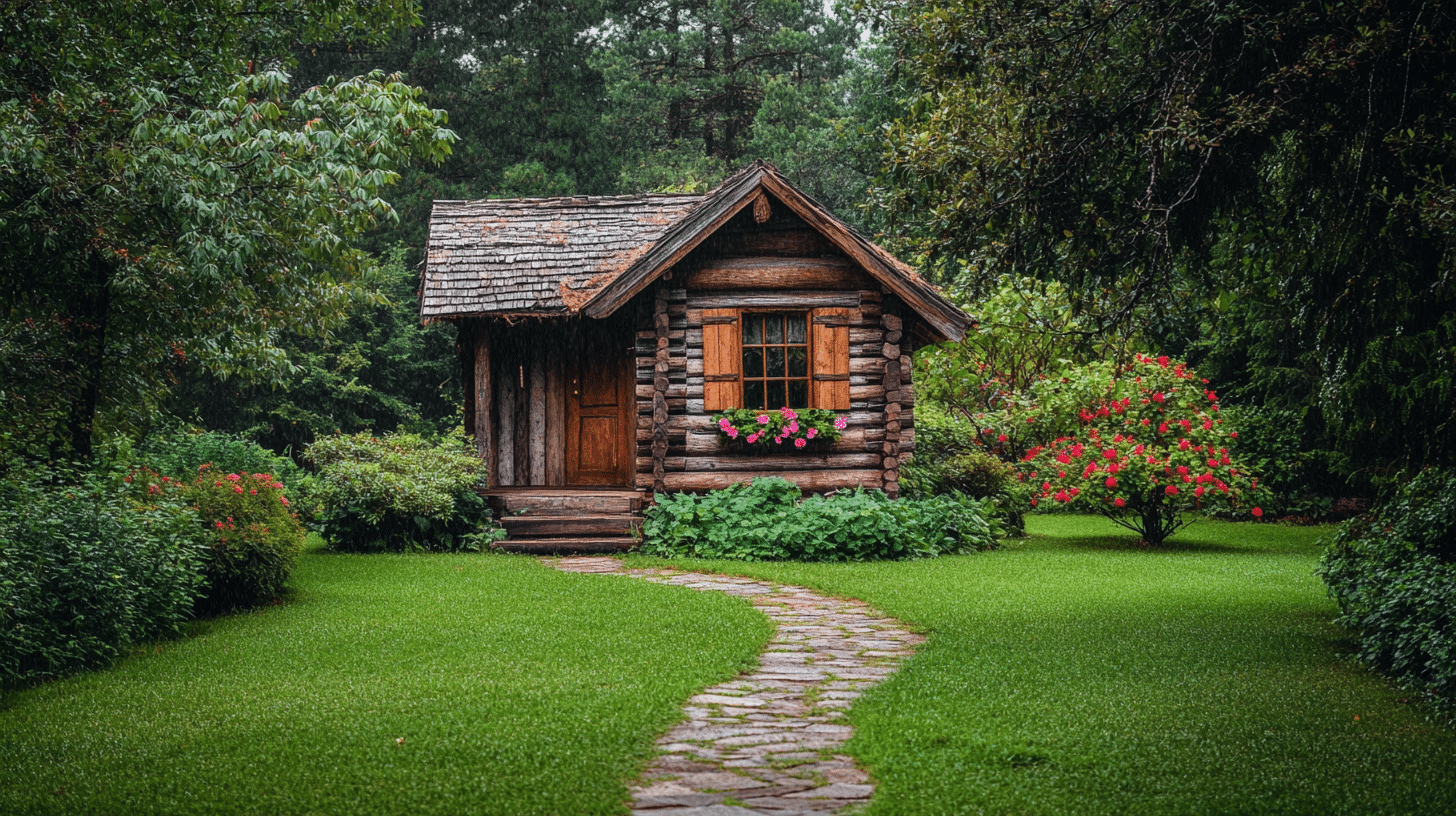How Can Landscaping Transform Your Outdoor Space?
Ever wondered how to make your outdoor space more beautiful and functional? Landscaping is the answer. This art of modifying your yard’s features can transform it into a picturesque haven that you and your family can enjoy. Let’s explore how landscaping can work wonders for your property.
Why Should You Consider Landscaping?
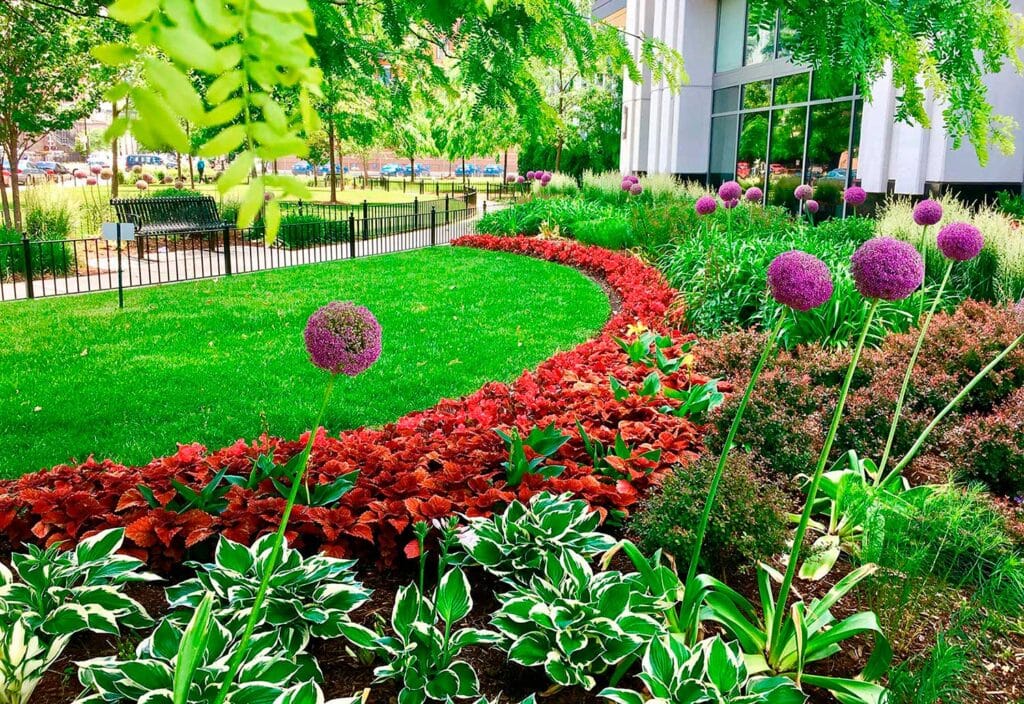
Improving Curb Appeal: The first thing people notice about your home is its exterior. A well-landscaped yard with lush greenery and colorful flowers can significantly enhance your home’s curb appeal, making it more inviting and aesthetically pleasing.
Environmental Benefits: Did you know that landscaping can positively impact the environment? Plants and trees absorb carbon dioxide and release oxygen, improving air quality. Additionally, a well-designed landscape can help manage soil erosion and water runoff, contributing to a healthier ecosystem.
Increasing Property Value: If you’re looking to sell your home in the future, good landscaping can be a valuable investment. Homes with attractive outdoor spaces tend to sell faster and at higher prices compared to those without.
Personal Enjoyment and Health: Having a beautiful outdoor space encourages you to spend more time outside, which can improve your physical and mental well-being. Whether it’s gardening, playing with your kids, or simply relaxing, a well-maintained yard offers numerous benefits.
What Are the Key Elements of Landscaping?

Lawn Care: A lush, green lawn is the foundation of many landscapes. Regular mowing, watering, and fertilizing keep your grass healthy and vibrant.
Plant Selection: Choosing the right plants for your yard is crucial. Consider the local climate, soil type, and sunlight exposure when selecting plants. Native plants are often the best choice as they require less maintenance and are more resistant to local pests and diseases.
Hardscaping: This includes non-plant elements like patios, walkways, retaining walls, and pergolas. Hardscaping provides structure and functionality, creating defined spaces for activities like dining, lounging, or playing.
Water Features: Adding elements like ponds, fountains, or waterfalls can bring a sense of tranquility and elegance to your yard. They also attract birds and other wildlife, enhancing the natural beauty of your space.
Lighting: Proper lighting not only highlights the beauty of your landscape but also improves safety. Use a mix of solar lights, spotlights, and pathway lights to create a warm, inviting ambiance.
How Do You Start a Landscaping Project?
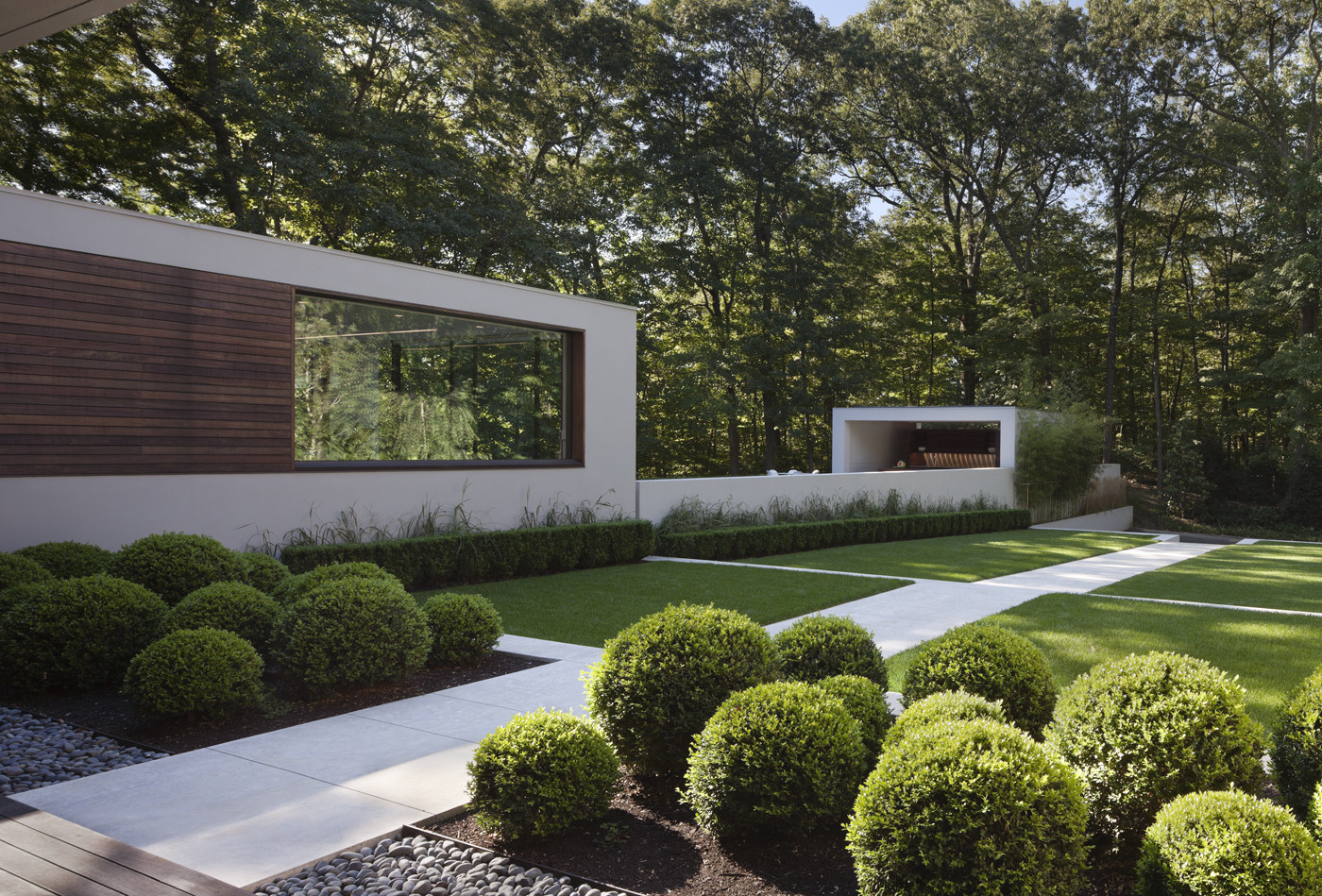
Plan Your Design: Before you start digging, sketch a rough layout of your yard. Consider the placement of plants, hardscaping elements, and water features. Think about how you want to use the space and what features are most important to you.
Set a Budget: Landscaping can be expensive, so it’s essential to set a budget. Determine how much you’re willing to spend and prioritize the elements that matter most to you.
Choose the Right Plants: Select plants that are suitable for your climate and soil conditions. Consider using a mix of perennials and annuals for year-round color and interest.
Start Small: If you’re new to landscaping, start with a small project. You can gradually add more elements as you gain confidence and experience.
Seek Professional Help: If the project seems overwhelming, don’t hesitate to hire a professional landscaper. They can provide expert advice and ensure that your vision comes to life.
What Are Some Maintenance Tips for a Beautiful Landscape?
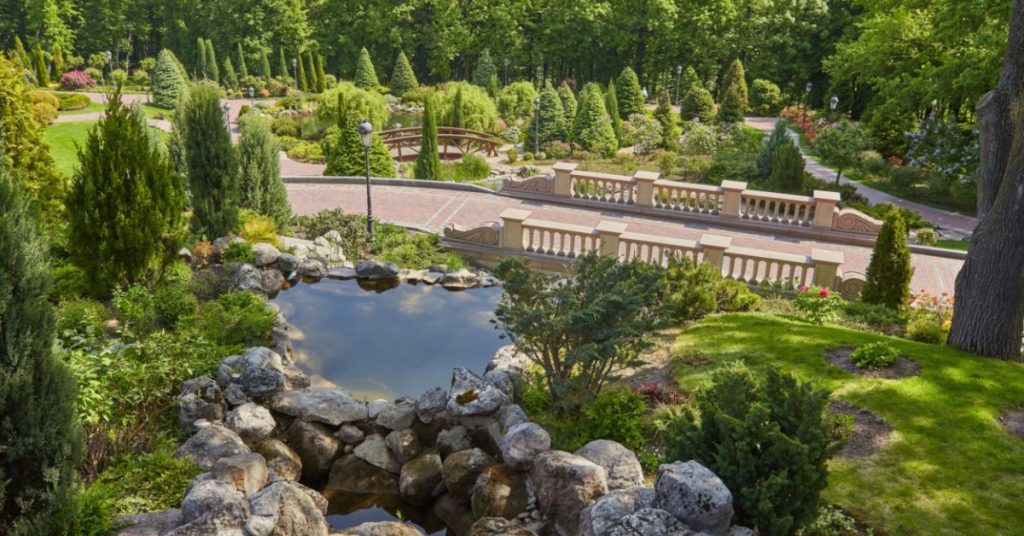
Watering: Water your plants early in the morning or late in the evening to minimize evaporation. Use drip irrigation or soaker hoses for efficient watering.
Pruning: Regularly prune trees and shrubs to encourage healthy growth and maintain their shape. Remove dead or diseased branches promptly.
Mulching: Apply mulch around plants to retain moisture, suppress weeds, and regulate soil temperature. Organic mulches like wood chips or compost are beneficial for plant health.
Fertilizing: Use appropriate fertilizers to ensure your plants receive the necessary nutrients. Organic options are often the best choice for a healthy garden.
What Are the Benefits of Hiring a Professional Landscaper?
Expertise: Professional landscapers have the knowledge and experience to tackle any landscaping challenge. They understand the intricacies of plant selection, soil types, and climate considerations.
Time-Saving: Landscaping projects can be time-consuming. Hiring a professional frees up your time for other activities while ensuring the job is done efficiently.
Quality Results: With access to the best tools and materials, professionals can deliver high-quality results that might be difficult to achieve on your own.
Ongoing Maintenance: Many landscaping companies offer maintenance services to keep your yard looking pristine year-round.
Seasonal Landscaping Tips:
Spring: Spring is the perfect time to rejuvenate your garden after winter. Start by cleaning up any debris and dead leaves. This is also the best time to plant new flowers, shrubs, and trees. Consider adding a fresh layer of mulch to your flower beds to retain moisture and suppress weeds. Fertilize your lawn to encourage healthy growth, and don’t forget to prune your plants to remove any dead or damaged branches.
Summer: The hot summer months require a different approach to landscaping. Watering is crucial during this period, so ensure your irrigation system is in good working order. Early morning or late evening watering minimizes evaporation. Consider planting drought-resistant plants that thrive in high temperatures and require less water. Adding shade structures like pergolas or umbrellas can create cool spots for relaxation.
Fall: Fall is the season to prepare your garden for the upcoming winter. Start by raking leaves and clearing out any dead plants. This is also a good time to plant bulbs that will bloom in spring, such as tulips and daffodils. Pruning trees and shrubs in the fall helps them withstand winter conditions better. Consider adding a layer of compost to your garden beds to enrich the soil.
Winter: Winter landscaping focuses on protecting your plants and preparing for the new growth cycle. Cover delicate plants with burlap or frost blankets to shield them from cold temperatures. It’s also a great time to plan your landscaping projects for the coming year. Take advantage of the dormant period to redesign garden layouts, research new plants, and gather materials for spring planting.
By following these seasonal tips, you can maintain a beautiful and thriving landscape year-round. Each season presents unique opportunities and challenges, but with proper care and planning, your outdoor space can remain vibrant and enjoyable through every change in weather.
Conclusion
Landscaping is a transformative process that can turn any outdoor space into a beautiful and functional area. Whether you’re looking to improve curb appeal, enjoy environmental benefits, increase property value, or simply create a personal oasis, landscaping offers endless possibilities. Start planning your project today with Calvin Landscape today and watch your yard come to life.




